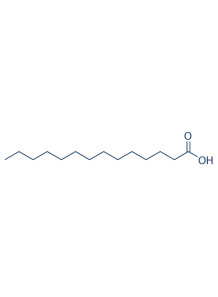Myristic Acid (FEMA-2764)
Cosmetics
Code: 2436
Myristic Acid 99%
Cart
No products
Subtotal:
0.00
Total
0.00
THB



